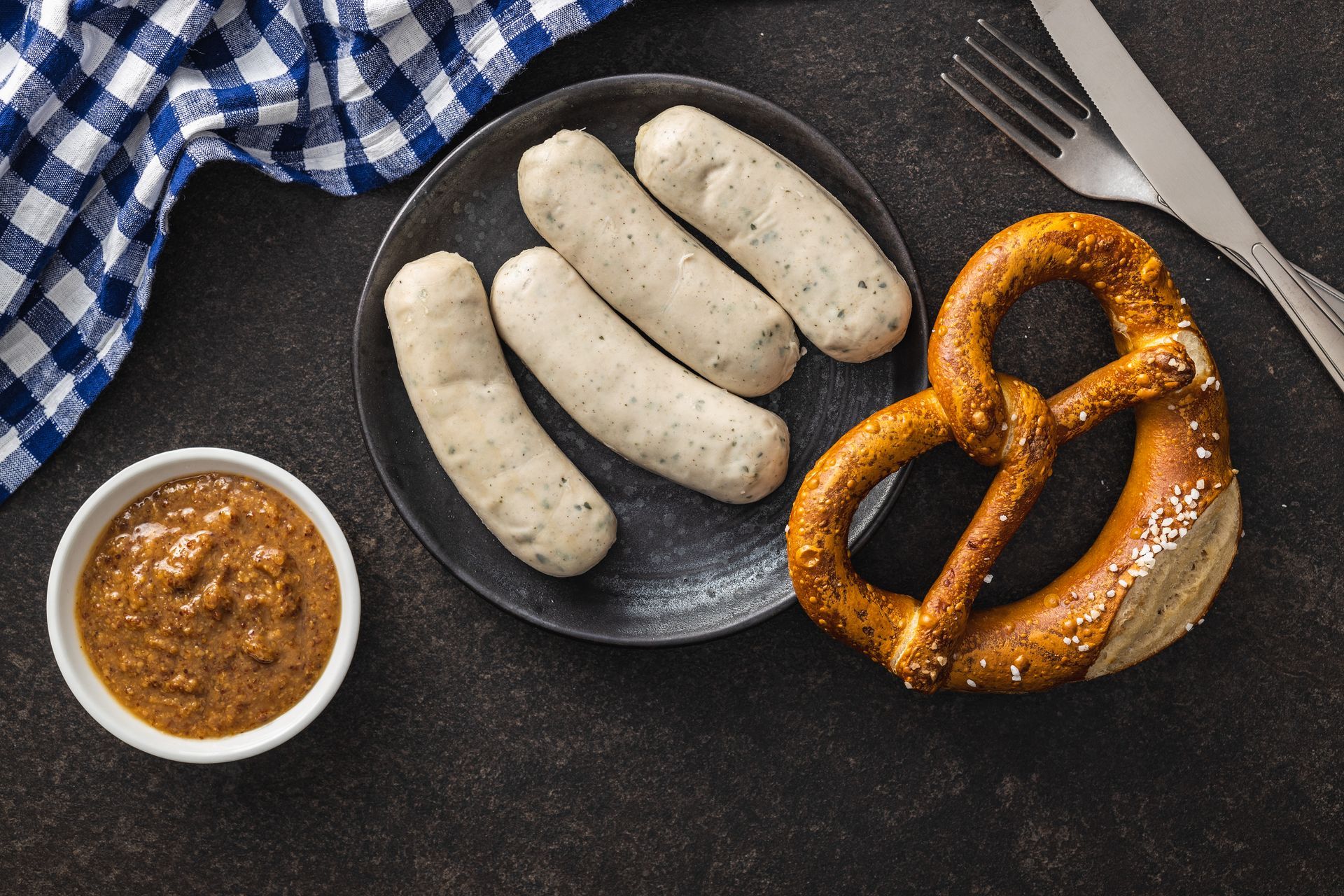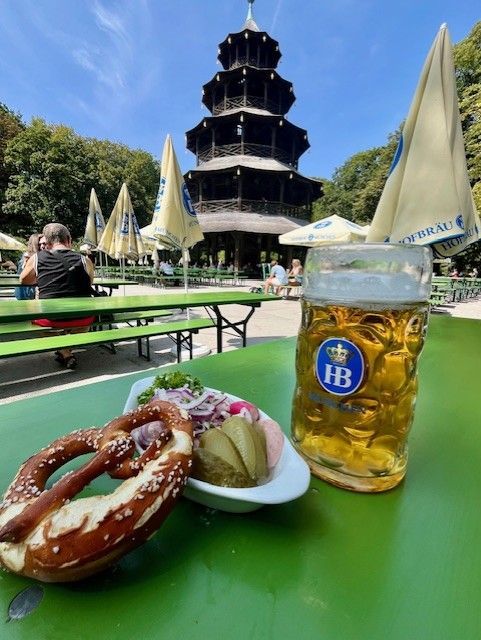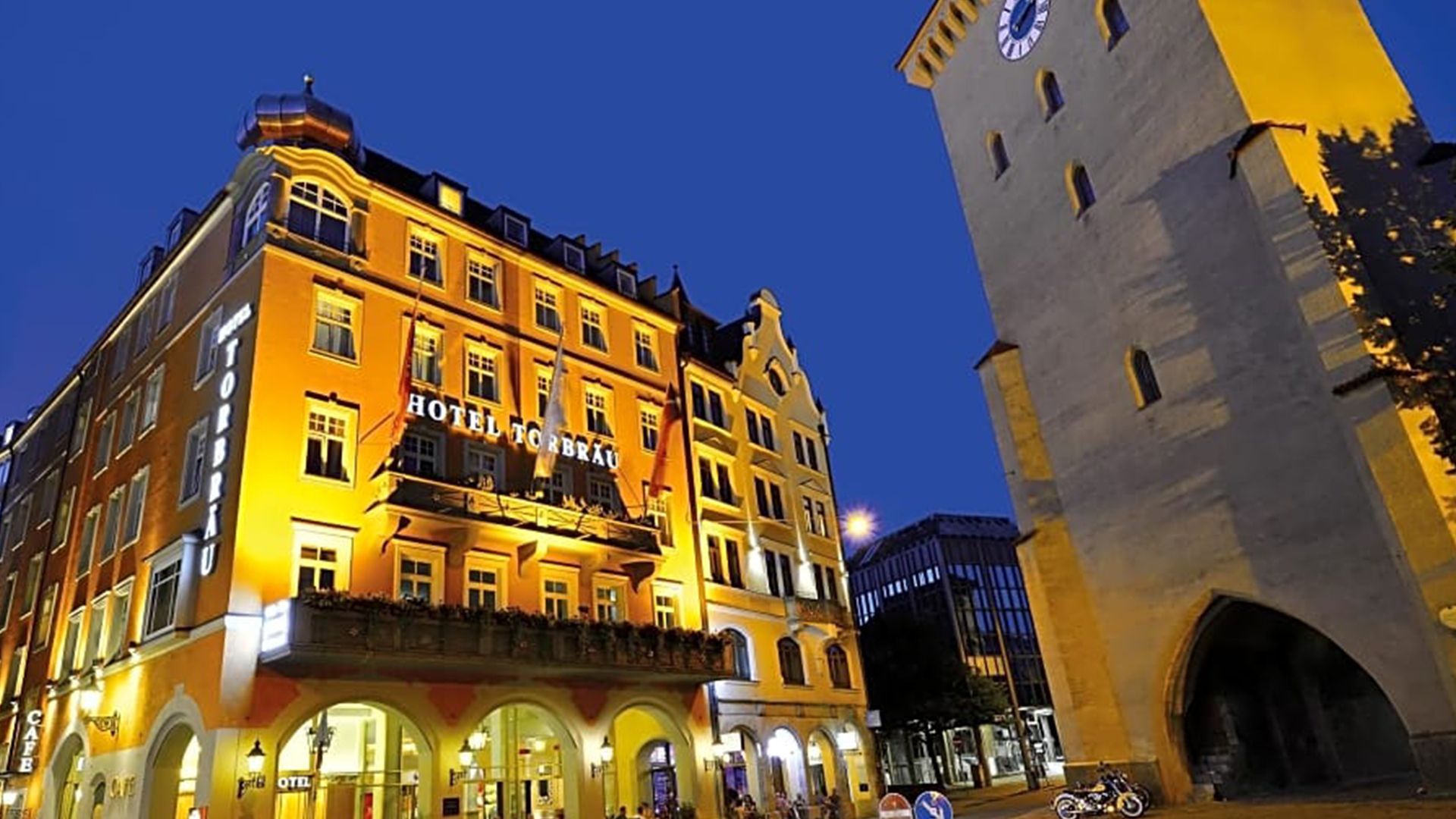Discovering German Weisswurst: Your Ultimate Guide to Bavaria’s White Sausage
Imagine starting your morning in Munich on a crisp autumn day, where locals gather at lively outdoor markets to enjoy a traditional Bavarian breakfast. At the heart of this scene is Weisswurst, a pale, delicate sausage that’s more delicious than it looks. Made from a blend of veal and pork, this Bavarian specialty is seasoned with aromatic herbs like parsley, lemon zest, and spices such as nutmeg and cardamom.

In Bavaria, Weisswurst is more than just food; it’s a cherished cultural tradition. Typically enjoyed mid-morning alongside warm pretzels, tangy sweet mustard, and a refreshing Weissbier (a traditional wheat beer), it offers a truly authentic Bavarian experience.
In this comprehensive guide, you’ll learn everything about Weisswurst, from its cultural significance and history to the best ways to prepare and enjoy it. If you’re eager to try genuine, grass-fed Weisswurst at home, check out high-quality options from Acabonac Farms, bringing Bavarian tradition straight to your kitchen.
Key Highlights:
- Weisswurst is a classic Bavarian sausage, traditionally made with veal and pork, praised for its mild flavor and distinctive pale color.
- It’s best enjoyed with pretzels, mustard, and Weissbier, perfect for a genuine Bavarian breakfast.
- The ideal way to cook Weisswurst is by gently reheating in hot, salted water—avoid boiling to maintain its delicate texture.
- Pasture-raised Weisswurst, like those from Acabonac Farms, offers superior flavor, better nutritional value, and supports ethical farming practices.
What is Weisswurst?
The name says it all, “Weisswurst” translates to “white sausage” in German. This Bavarian delicacy is known for its subtle, tender flavor and unique ivory hue. Crafted from minced veal and pork back fat, it’s seasoned lightly with fresh parsley, finely chopped onions, and a hint of lemon zest. The seasoning blend often includes nutmeg, cardamom, mace, and ginger, adding warmth and depth to its gentle taste.
Originating from Bavaria, especially Munich, Weisswurst holds a special place in local culture. It’s often associated with festive gatherings, brunches, and traditional celebrations. The classic way to serve it? With sweet mustard, steaming pretzels, and a cold Weissbier, a picture-perfect Bavarian meal.
While Bavaria has a storied history of sausage-making, there’s some fascinating lore behind Weisswurst’s origins. Some say it was invented in Munich in 1857 when a shortage of sheep casings led butchers to experiment with veal and pork. Others trace its roots even further back to the early 1800s. Regardless of its precise beginnings, Weisswurst remains a beloved culinary tradition.
If you’re interested in exploring more about Bavarian cuisine, consider booking a tour with Jolly German, where you’ll enjoy authentic, delicious Bavarian dishes and rich cultural insights.
Ready to savor Bavarian tradition? Whether enjoying it at a market in Munich or preparing it in your own kitchen, Weisswurst is a delightful taste of Bavaria’s rich culinary heritage.
Related Blogs










